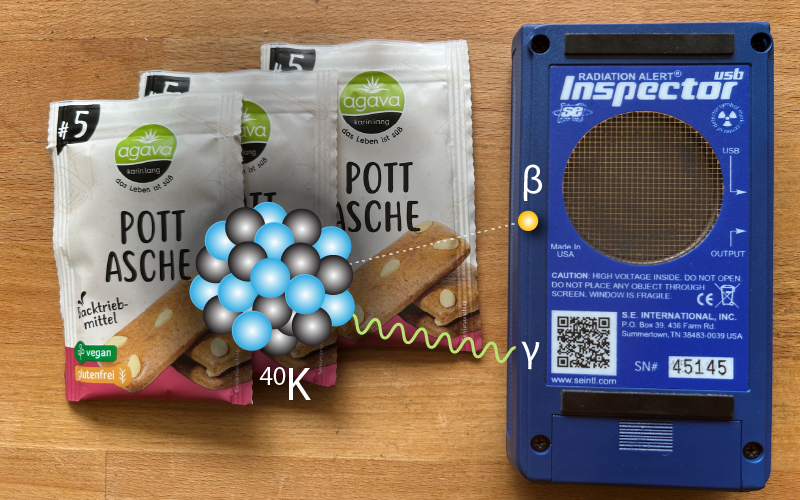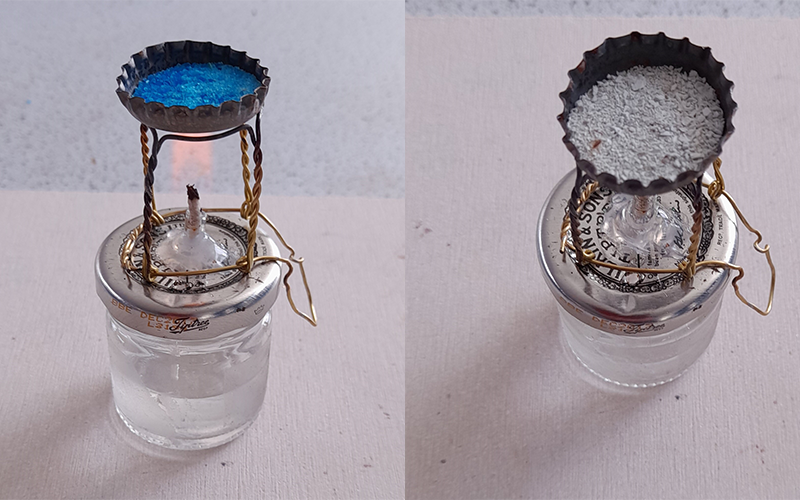
From birds to photons: collective phenomena in materials science
All together now: discover how the collective behaviour of atoms, humans, and birds inspire researchers to make new light-emitting materials and devices.

Article of the week
How many ‘chemicals’ are there in a fresh mushroom? These simple experiments reveal the hidden chemistry within natural foods.
Read more
All together now: discover how the collective behaviour of atoms, humans, and birds inspire researchers to make new light-emitting materials and devices.

Super (role) models: Use stories about real scientists to inspire, build confidence, and help the next generation of innovators envision their place in STEM.

Safety first: nuclear decay and ionizing radiation can be safely studied in the physics classroom using the common baking ingredient potassium carbonate.
We cover a wide range of scientific topics and many articles are additionally available as translations in different European languages.

Explore cutting-edge science and real-world applications.

Discover projects, people, and resources.

Find ideas and teaching materials for classroom activities.
Articles from previous issues

How far away are the stars? Explore in your classroom how astronomers measure distances in…

Learn how to do quantitative chemistry using microscale techniques with bottle tops and inexpensive spirit burners that are relatively easy and quick to set up.

When we cool something below its freezing point, it solidifies – at least, that’s what we expect. Tobias Schülli investigates why this is not…
Do you have an engaging classroom activity to share with other teachers? Is there an interesting scientific topic that you could explain to STEM teachers and their students? We welcome submissions from teachers and scientists.
Would you like to help ensure that our content is interesting, inspiring and useful to STEM teachers? Consider joining the Science in School teacher reviewer panel. There is no obligation; just send us an email to express your interest.
If you find an article interesting or useful, perhaps you'd consider translating it into your native language? This really helps to increase the reach of our content so that as many teachers as possible can benefit from it.